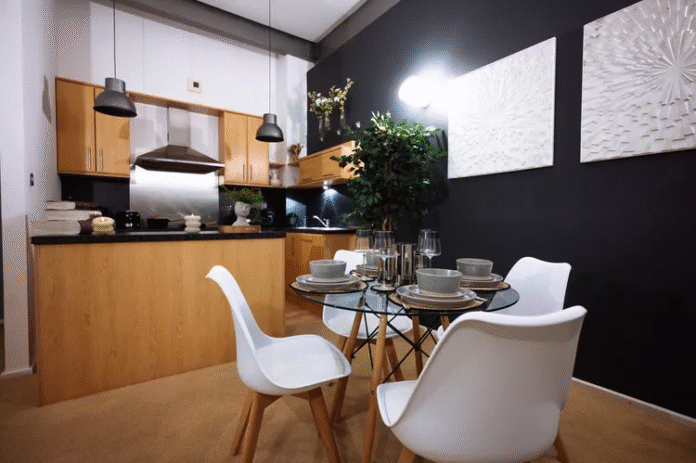
By the time a web design project reaches the handoff stage, the heavy lifting of creative ideation and interface construction is mostly done. But the job isn’t finished—far from it. In fact, many designers will tell you this is where the real challenges begin.
Design handoffs are the critical moment when visions meet execution—when the elegant mockups move from the design team’s Figma files to the hands of developers who will bring them to life. It’s a pivotal stage, and unfortunately, it’s also where things often fall apart. From missing assets to vague specs and poor communication, a sloppy handoff can turn weeks of thoughtful design into a chaotic game of digital telephone.
Let’s explore some of the most common handoff missteps—and more importantly, how to steer clear of them.
1. The Language Barrier: Misunderstood Design Specs
One of the most common friction points in handoffs is the quiet assumption that everyone speaks the same visual language. Designers pour hours into pixel-perfect layouts, while developers scan those layouts for technical feasibility and structure. Yet what looks like clarity to a designer might be a mystery to a developer.
Take, for instance, the seemingly simple instruction: “100% width.” In a developer’s world, that may behave differently depending on the container, the layout system, or the breakpoints involved. Without clear context, what seems obvious could lead to very different implementations.
How to fix it: Over-communicate. Assume nothing. Use standardized design systems that everyone on the team understands and reference them frequently. Supplement visuals with written notes: explain spacing logic, interaction patterns, and layout intentions. Annotate files, create spec sheets, and never hesitate to add context—even if it feels redundant.
2. The Vanishing Assets: Missing Design Elements
You’ve polished your design. Everything looks great. You hit “handoff”… only to get a Slack message two days later: “Hey, where’s the logo file?” Oops.
It’s shockingly easy to forget that developers can’t read your mind—or your cloud storage. Missing assets slow down the development process and erode trust between teams. And the more people dig around for files, the greater the chances of using outdated or incorrect versions.
How to fix it: Think like a librarian. Organize your assets in clearly labeled folders. Ensure files are exported in all necessary formats (SVG for scalability, PNGs for raster display, etc.), and check resolution compatibility across devices. Better yet, use design handoff tools like Zeplin or Figma’s built-in export features to bundle assets neatly and automatically.
3. The Context Black Hole: Silence Isn’t Golden
Designs don’t exist in isolation. They’re responses to user needs, business goals, brand identity, and accessibility standards. If developers don’t understand why you designed something a certain way, they’re likely to interpret it through a purely functional lens—and that can dilute the design’s intent.
Maybe you used a muted color to draw attention to a CTA, or perhaps a spacing choice was made to aid mobile usability. If these decisions aren’t explained, they’re vulnerable to being changed or overlooked.
How to fix it: Provide a design rationale. Write a short companion document outlining key decisions, user goals, and brand considerations. Even better—walk your dev team through the design in person (or over video). It’s amazing how much confusion you can prevent in 15 minutes of face-to-face explanation.
4. Over-Automation: When Auto-Specs Aren’t Enough
Tools like Figma, Adobe XD, and Sketch have made it easier than ever to generate specs and hand off files. But this automation is a double-edged sword. Auto-generated specs can’t always capture nuance—especially when it comes to responsive behavior, animation, or conditional logic.
For example, a tool might capture the size of a button but miss how it should resize on mobile. Or it might ignore how a component animates on hover.
How to fix it: Always double-check what your tool generates. Don’t rely on specs alone—show behavior. Use interactive prototypes to demonstrate how screens transition or how components respond to user interaction. And where prototypes fall short, provide additional documentation.
5. The Vanishing Designer: Post-Handoff Silence
One of the biggest mistakes designers make is treating the handoff as a finish line. In truth, it’s a baton pass—and the race continues. Developers will inevitably encounter questions, edge cases, and unexpected technical constraints. If the designer has disappeared, those issues get resolved without design input, often in ways that dilute the original vision.
How to fix it: Stay involved. Schedule regular touchpoints during development to clarify any uncertainties. Be available for quick feedback and responsive support. And once the build is done, test it. Review the live product, note any discrepancies, and work with the team to fine-tune the outcome.
Wrapping Up: From Handoff to Harmony
Design handoffs don’t have to be stressful. When handled with foresight and structure, they can be seamless transitions that uphold the integrity of your work and support your development team.
The key lies in thinking beyond the pixels. A great handoff is about trust, communication, and mutual understanding. It’s not just about handing over files—it’s about transferring intent, logic, and care.
At the end of the day, your job as a designer isn’t just to create something beautiful—it’s to make sure that beauty survives translation. That’s the true art of the handoff.
Are you currently working through a handoff challenge on your team?











